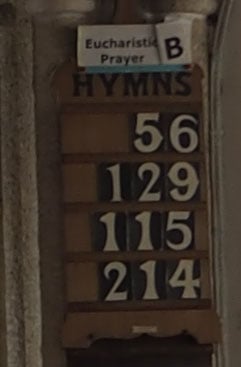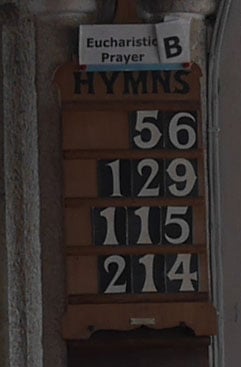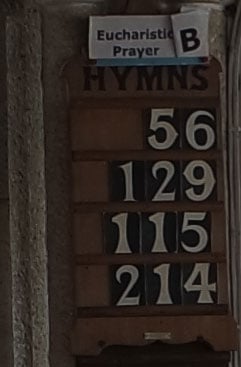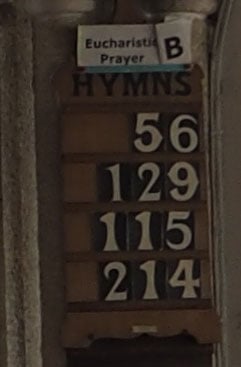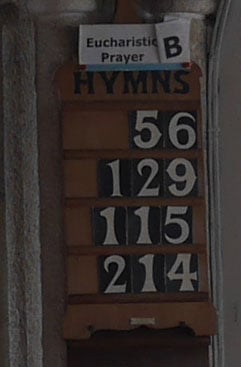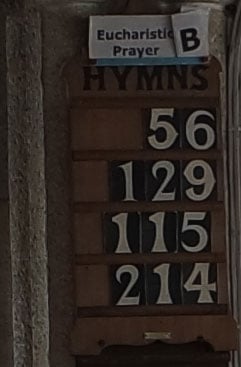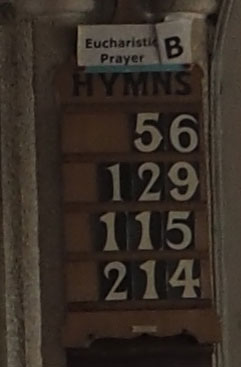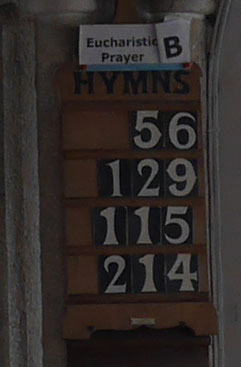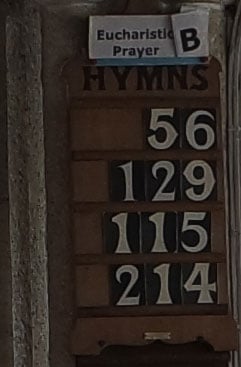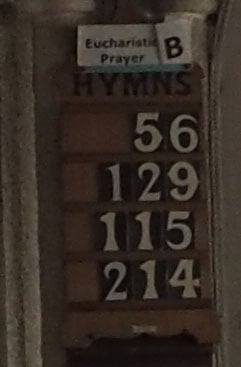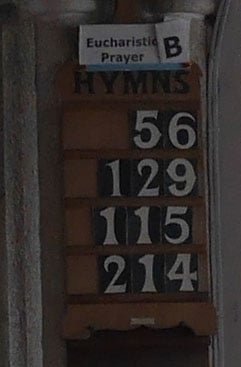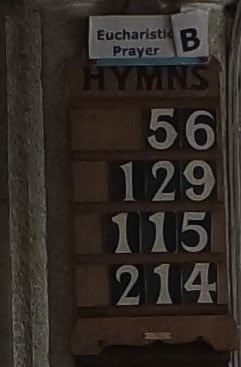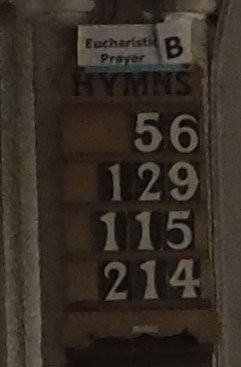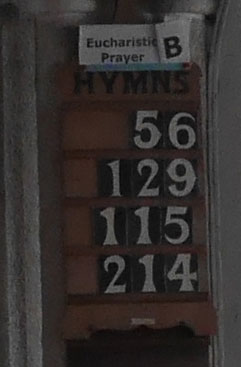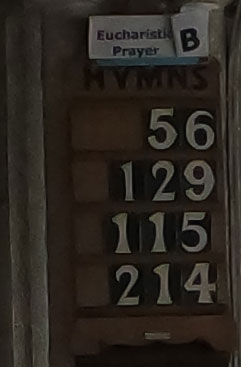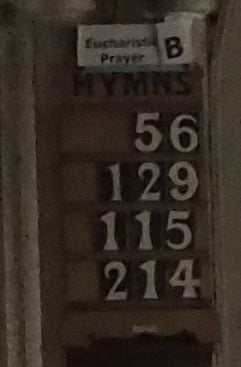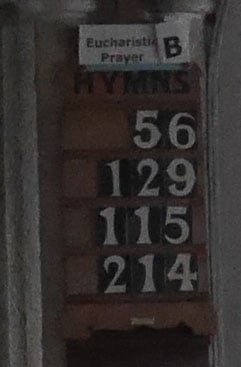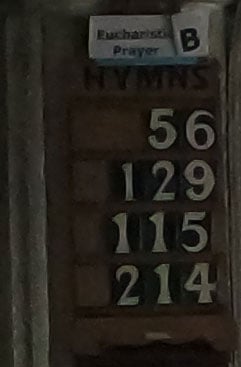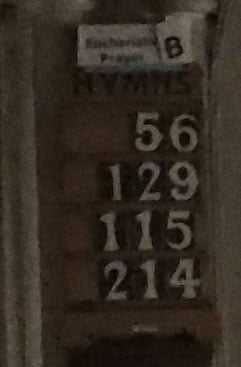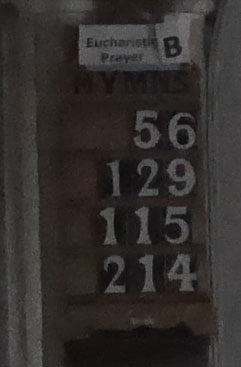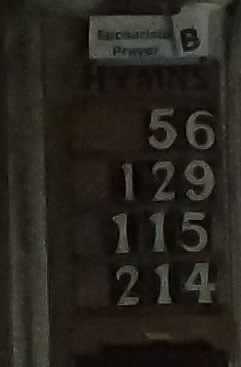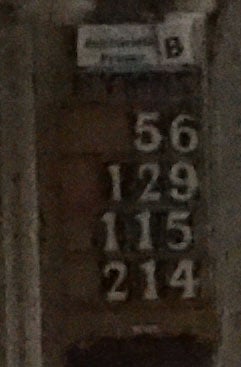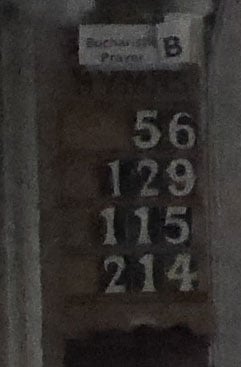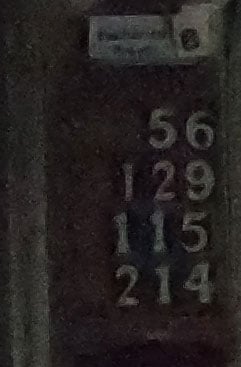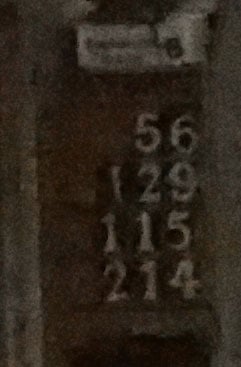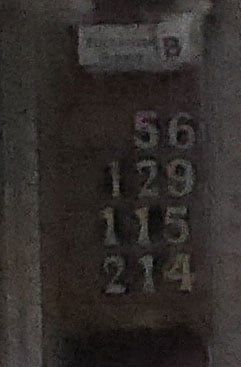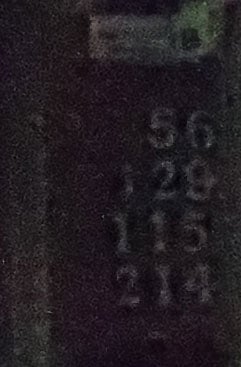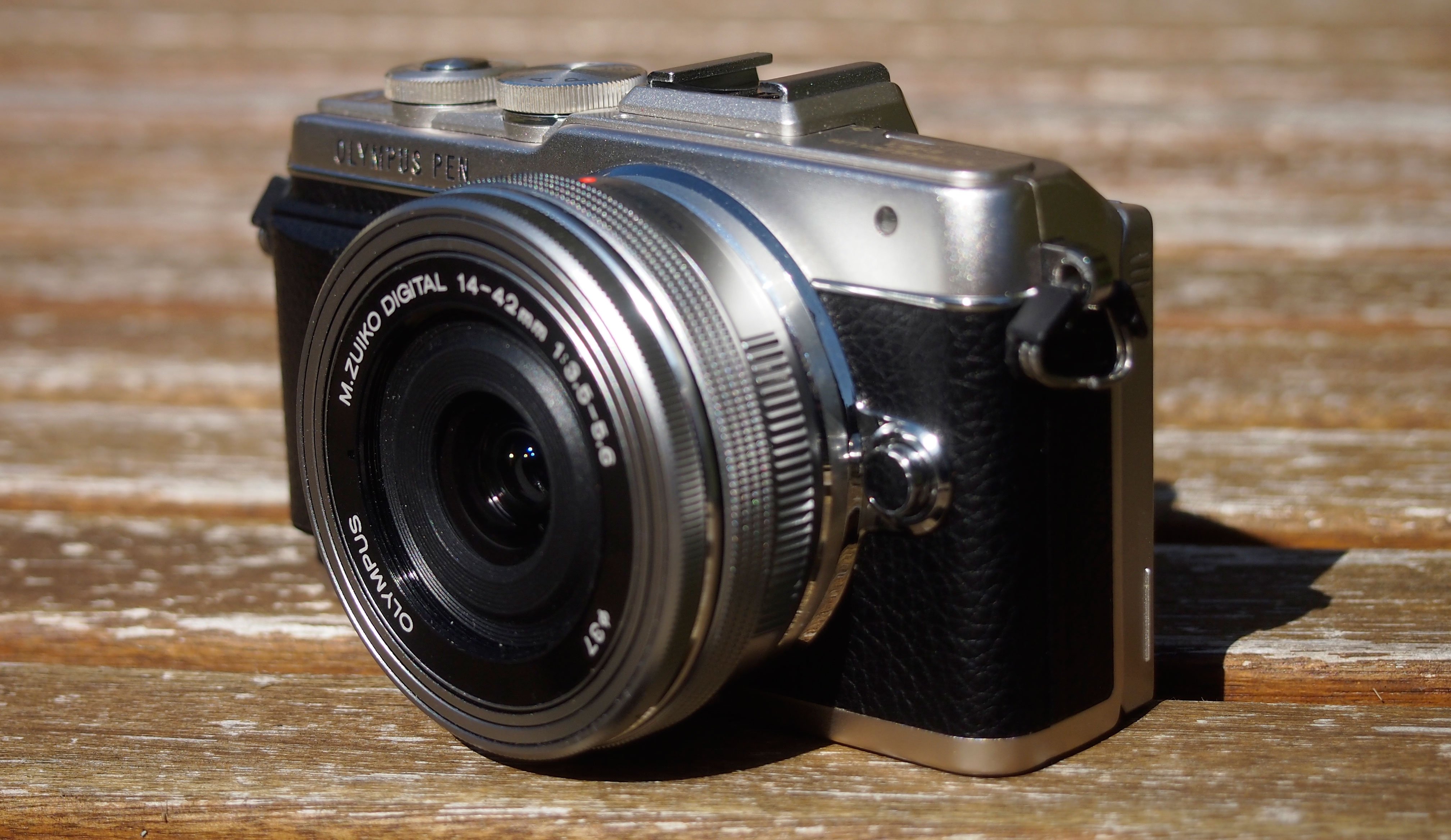
Olympus PEN EPL7 review
-
-
Written by Ken McMahon
Quality
Olympus PEN E-PL7 vs Lumix GF7 vs Samsung NX3000 JPEG
To compare real-life performance I shot this scene with the Olympus PEN E-PL7, the Panasonic Lumix GF7, and the Samsung NX3000 within a few moments of each other using their best quality JPEG settings.All three cameras were fitted with their respective kit zooms and were adjusted to provide the same vertical angle of view.For this test all three cameras were mounted on a tripod and set to Aperture Priority exposure mode. Image stabilisation was turned off and the camera settings were otherwise left on the defaults.The image above was taken with the PEN E-PL7. I’d previously determined that the best results with the E-PL7 were produced with the lens set to f5.6 so I set Aperture Priority mode and selected f5.6 at the E-PL7’s’s base 200 ISO sensitivity setting and it selected a shutter speed of 1/1250. The Panasonic Lumix GF7 was also set to its base 200 ISO sensitivity setting and in Aperture Priority mode with f5.6 selected it metered the same 1/1250 shutter speed. At its base 100 ISO sensitivity setting the Samsung NX3000 selected a shutter speed of 1/640 – so all three cameras effectively set the same exposure. As usual the 100 percent crops below are taken from the areas marked in red above.
The Olympus 14-42mm f3.5-5.6 EZ lens has produced crops that are very soft and a little blurry, not just at the edges, but across the entire frame. Looking at the first crop from close to the left edge of the frame the detail is soft and blurry and there isn’t a crisp edge to be found. It’s not uncommon for kit lenses to be less sharp at the edges than in the centre of the frame but the next two crops are from right in the middle of the frame and they look no better.
On the day, I took a selection of shots but was unable to find one that was any sharper. And a replacement lens supplied by Olympus sufferred from the same issue. If you check out the sample images I shot with the 14-42mm f3.5-5.6 EZ kit lens, you’ll see that they are similarly affected. I’m certain it’s the lens causing this problem and not the camera shutter or sensor, as example shots I took with other lenses look much sharper.
I did however return and reshoot my test scene with PEN E-PL7, first with the Olympus 14-42mm EZ kit lens attached and then with the Panasonic 12-32mm kit lens. As you can see from the comparison crops in the second table below, with the Panasonic lens attached the PEN E-PL7 produces much sharper results across the frame.
Maybe I was unlucky but given these results from two samples of the lens, you might want to think carefully about buying the PEN E-PL7 as a kit with the 14-42mm f3.5-5.6 EZ. There is a kit option with the older, larger, but better quality 14-42mm f3.5-5.6 IIR non-powered kit zoom, or you could just go for the body and get a separate lens of your choice. Judging by the results below the Panasonic 12-32mm f3.5-5.6 wouldn’t be a bad choice.
The crops from the 20 Megapixel Samsung NX3000 show a smaller area with larger detail than those from the two Micro Four Thirds models. Overall I’d say the NX3000 crops are closely matched with those from the Lumix GF7 in terms of detail and sharpness.
Olympus PEN E-PL7 | Panasonic Lumix GF7 | Samsung NX3000 | ||
 | 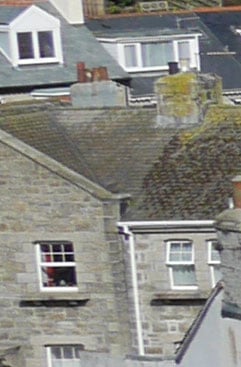 | 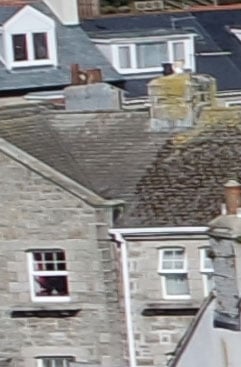 | ||
f5.6, 200 ISO | f5.6, 200 ISO | f5.6, 100 ISO | ||
 |  | 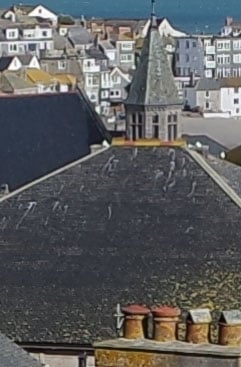 | ||
f5.6, 200 ISO | f5.6, 200 ISO | f5.6, 100 ISO | ||
 |  |  | ||
f5.6, 200 ISO | f5.6, 200 ISO | f5.6, 100 ISO | ||
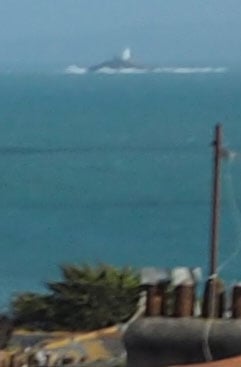 | 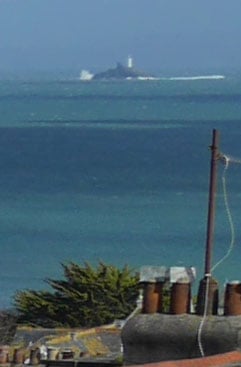 | 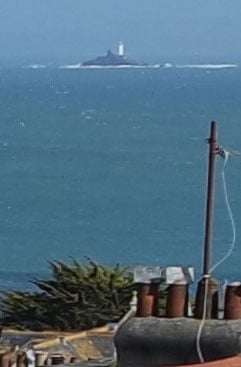 | ||
f5.6, 200 ISO | f5.6, 200 ISO | f5.6, 100 ISO | ||
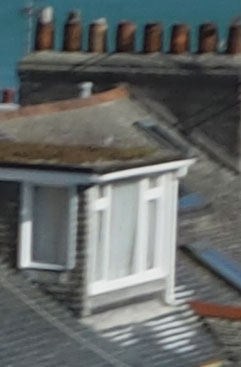 | 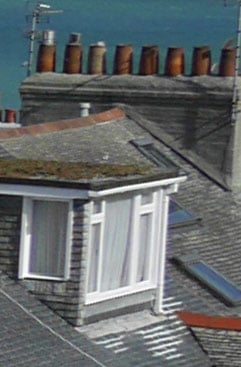 | 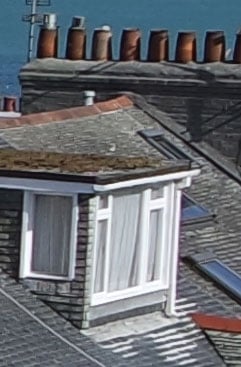 | ||
f5.6, 200 ISO | f5.6, 200 ISO | f5.6, 100 ISO |
PEN E-PL7 with M.Zuiko 14-42mm f3.5-5.6 EZ | PEN E-PL7 with Lumix G 12-32mm f3.5-5.6 | |
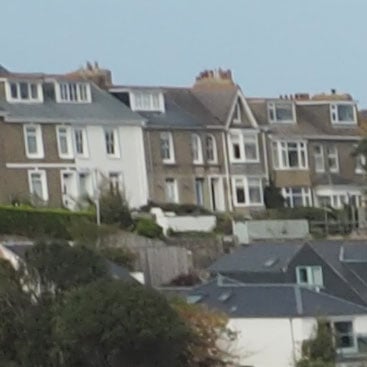 | 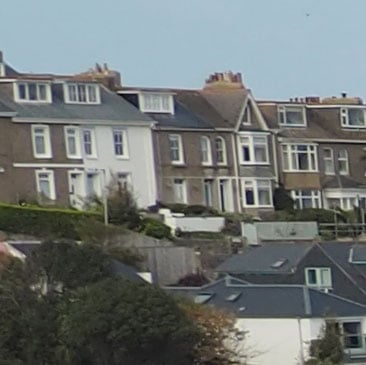 | |
f5.6, 200 ISO | f5.6, 200 ISO | |
 | 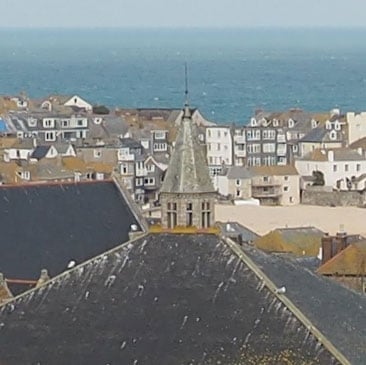 | |
f5.6, 200 ISO | f5.6, 200 ISO | |
 |  | |
f5.6, 200 ISO | f5.6, 200 ISO | |
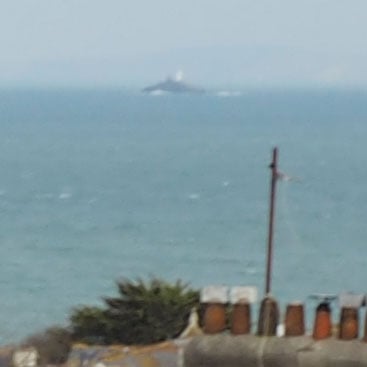 | 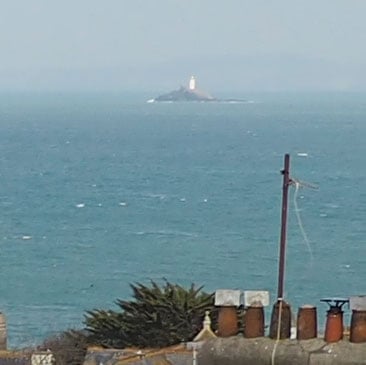 | |
f5.6, 200 ISO | f5.6, 200 ISO | |
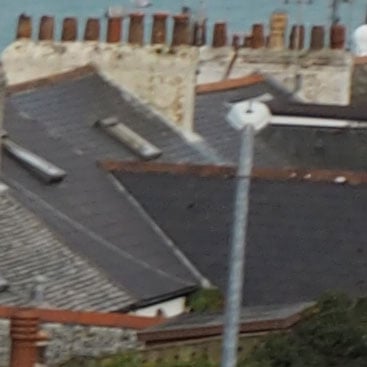 | 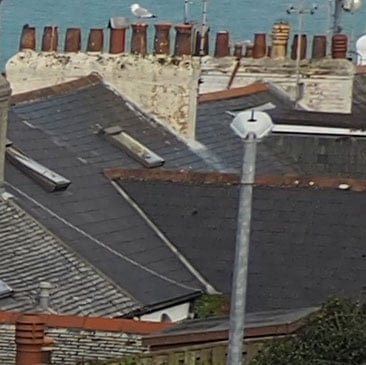 | |
f5.6, 200 ISO | f5.6, 200 ISO |
Olympus PEN E-PL7 vs Lumix GF7 vs Samsung NX3000 JPEG Noise
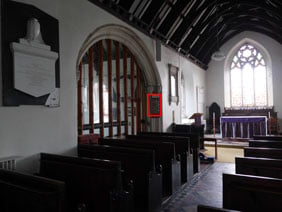
To compare noise levels under real-life conditions, I shot this scene with the Olympus PEN E-PL7, the Panasonic Lumix GF7, and the Samsung NX3000, within a few moments of each other using their best quality JPEG settings at each of their ISO sensitivity settings.All three cameras were fitted with their respective kit zooms and were adjusted to provide the same vertical angle of view.For this test all three cameras were mounted on a tripod and image stabilisation was turned off, all other setting were left on the defaults.The image above was taken with the Olympus PEN E-PL7. Set to Aperture Priority mode and at its base 200 ISO sensitivity setting, with the aperture set to f5.6 the E-PL7 metered a shutter speed of 1.6s. Also set to its base 200 ISO sensitivity setting and f5.6, the Lumix GF7 meterd the same 1.6s exposure. I adjusted exposure compensation on the Samsung NX3000 by +1/3EV so that, at its base 100 ISO and f5,6 setting it selected an equivalent 3s exposure.Before I examine the crops in detail just to note that the PEN E-PL7’s base ISO sensitivity setting is 200 ISO – the LOW setting sets the sensitivity to 100 ISO. The same goes for the Lumix GF7. So let’s start by looking at the PEN E-PL7’s 200 ISO crop. Despite the softness of the kit lens, it’s clear to see that the 200 ISO crop is pretty clean and there’s little evidence of noise texture. Likewise at 400 ISO the E-PL7 turns in a very good result that’s almost indiscernible from the 200 ISO one.
At 800 ISO the noise textures are starting to creep in and at 1600 ISO the clumpiness is clearly visible in the 100 percent crop, though you’d have to look closely to spot it at smaller sizes. By 3200 ISO the noise is getting the upper hand, but this and the 6400 ISO setting are perfectly ok for viewing at smaller sizes. As is usually the case, the top settings of 12800 ISO and 25600 ISO, while useful for grabbing low-light shot that would otherwise be underexposed, are more noise than actual image detail.
Like the PEN E-PL7, the Lumix GF7 has a base setting of 200 ISO extendable down to 100 ISO. The 200 ISO crop compares favourably with that from the E-PL7 and there’s little, if anything to tell them apart. At 400 ISO I think the edges on the PEN E-PL7 crop may be a little less clean, but there’s not much in it. At 1600 ISO, however, I think the PEN E-PL7 sensor is producing more noise than the Lumix GF7. The crop certainly looks clumpier. And from there all the way up to 25600 ISO it looks like the Lumix has an edge – certainly the text and numbers are more legible in the Lumix crops.
The 20 Megapixel sensor of the Samsung NX3000 produces a lightly smaller crop area with larger detail and the other difference is that the 100 ISO setting on the NX3000 is its base sensitivity, not part of an extended range, so you should compare the 100 ISO crop from the NX3000 with the 200 ISO crops from the other two models. Despite the 1/3EV exposure compensation the NX3000 crops look a little darker than those from the Lumix GF7 and PN E-PL7. In terms of noise, I think the Low ISO crops from the NX300 are cleaner than those from the Micro Four Thirds models as you’d expect from a camera with a larger APS-C sensor. Interestingly though, once you get beyond 1600 ISO the NX3000’s advantage evaporates – at higher sensitivities there’s not much in it and if anything the PEN E-PL7 turns in better results from 3200 ISO upwards.
| |||||||||||||||||||||||||||||||||||||||||||||||||||||||||||||||||||||||||||||||||||||||||||||||||||||||||||||||||||||||||||||||||||||||
